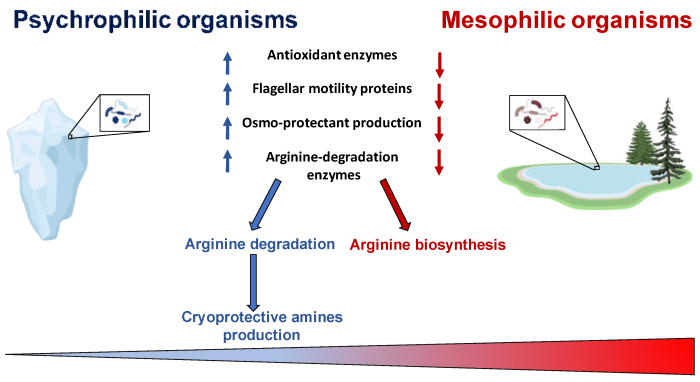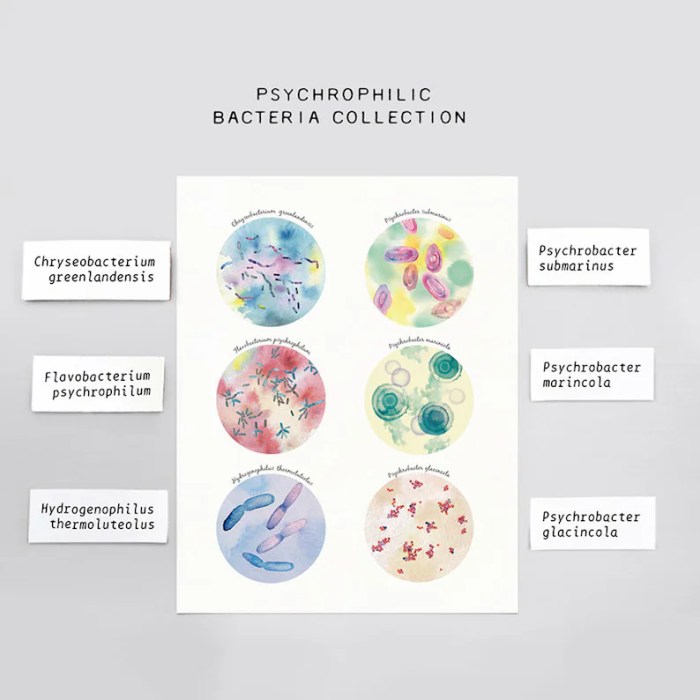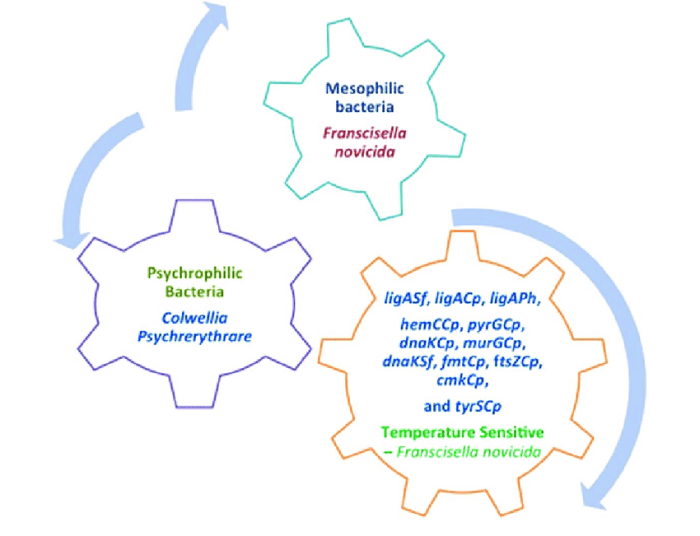The type of bacteria that rarely shows any motility is a captivating subject that delves into the unique characteristics and behaviors of these microorganisms. This narrative delves into the factors that contribute to their limited motility, the mechanisms they employ to move, and the impact of motility on their survival and pathogenesis.
Prepare to embark on an enlightening journey into the world of bacteria with low motility.
Bacteria exhibit a wide range of motility, with some species demonstrating exceptional mobility while others remain relatively stationary. This variation in motility is attributed to several factors, including the presence or absence of specific structures and the bacterium’s environment.
Characteristics of Bacteria with Low Motility: The Type Of Bacteria That Rarely Shows Any Motility Is

Bacteria with low motility exhibit minimal or no ability to move actively. This characteristic is influenced by several factors, including the lack of specific motility structures, such as flagella or pili, and the presence of inhibitory factors in their environment.
Examples of bacteria with low motility include Streptococcus pneumoniae, Staphylococcus aureus, and Bacillus subtilis.
Mechanisms of Bacterial Motility
Bacteria employ various mechanisms to achieve motility. These include:
- Flagella: Long, whip-like structures that rotate and propel the bacterium forward.
- Pili: Shorter, hair-like structures that facilitate attachment to surfaces and twitching motility.
- Gliding motility: Bacteria move along surfaces using specialized proteins without the aid of visible appendages.
Impact of Motility on Bacterial Behavior, The type of bacteria that rarely shows any motility is
Motility is crucial for bacterial survival, colonization, and pathogenesis. Low motility can provide advantages in certain environments:
- Adhesion to surfaces: Non-motile bacteria can adhere more effectively to host tissues or surfaces, enhancing colonization and infection.
- Antibiotic resistance: Low motility can reduce the exposure of bacteria to antibiotics, increasing their resistance.
However, low motility can also have disadvantages:
- Reduced nutrient acquisition: Motile bacteria can access nutrients more efficiently, while non-motile bacteria may struggle to obtain sufficient resources.
- Impaired pathogenicity: Motility is essential for some bacteria to reach and infect specific host cells.
Detection and Measurement of Bacterial Motility
Various techniques are used to detect and quantify bacterial motility:
- Motility assays: Bacteria are observed under a microscope for their ability to move.
- Turbidity assays: Changes in turbidity in a bacterial culture can indicate the presence or absence of motility.
- Chemotaxis assays: Bacteria are tested for their ability to move towards or away from specific chemicals.
These methods have limitations, such as the need for specific growth conditions and the potential for false positives or negatives.
Applications of Low-Motility Bacteria
Bacteria with low motility have various industrial, medical, and environmental applications:
- Bioremediation: Non-motile bacteria can be used to degrade pollutants in contaminated environments.
- Medical devices: Low-motility bacteria are less likely to form biofilms on medical devices, reducing the risk of infection.
- Industrial processes: Bacteria with low motility are used in fermentation processes to produce antibiotics, enzymes, and other products.
Utilizing low-motility bacteria in these applications offers benefits, such as reduced contamination, improved product quality, and environmental protection.
FAQ Compilation
Why do certain bacteria exhibit low motility?
Factors contributing to low motility include the absence of flagella or pili, a viscous environment, or specific genetic mutations.
What are the advantages of low motility for bacteria?
Low motility can enhance biofilm formation, protect against immune responses, and facilitate nutrient acquisition in specific environments.
How is bacterial motility measured?
Techniques for measuring motility include microscopy, motility assays, and chemotaxis assays.


